Bristleworms and fly larvae can feed on fish sludge, but scientists say strict monitoring is key to keeping food chain safe
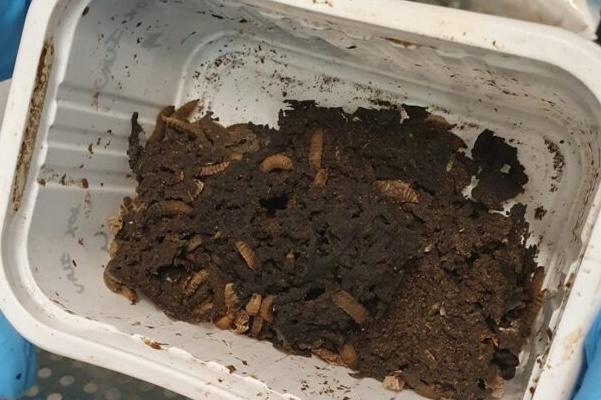
A new study has found that bristleworms and soldier fly larvae can grow on fish sludge but strict monitoring of pollutants – like heavy metals and PCBs – is needed to ensure food chain safety.
As part of the SecureFeed project, researchers from SINTEF, the Norwegian Veterinary Institute and the Norwegian Institute of Marine Research examined which contaminants and pathogens could be transferred through this circular system. In addition to chemical risks, the team also assessed the potential for prion diseases and the transmission of bacteria and viruses from salmon sludge.
“Bristle worms and soldier fly larvae have shown great potential as a source of proteins and omega-3 fatty acids for feed production,” said SINTEF researcher Andreas Hagemann. “But if they are to be grown on fish sludge, it’s crucial to assess the biosafety of the process.”
One of the key risks of using fish sludge to feed bristle worms and soldier fly larvae is the presence of harmful substances – such as heavy metals and environmental toxins – that can be absorbed and passed along the food chain.
“Our results show that with regard to limit values, most of the sludge samples could be given the green light to be used as feed for low-trophic animals,” said Hagemann. “But the authorities must get on the pitch so that the regulations we have can be adapted to this solution.”
The project analyzed around 50 fish sludge samples from facilities along the Norwegian coast, focusing on heavy metals and persistent pollutants like PCBs and dioxins. Despite being long banned, PCBs remain in the environment and continue to pose risks as they accumulate in the food chain.
“Looking at the safety of using sludge in a possible food production chain is really important,” says Veronika Sele, a researcher at the Norwegian Institute of Marine Research. “These are substances that are regulated. This means that an upper limit value has been set for the permitted content in both feed and feed ingredients.”
To assess the risk, the team compared the levels of these substances in fish sludge with those typically found in conventional fish feed. These pollutants often hitch a ride with marine-based ingredients like fish oil, making it crucial to understand their potential transfer through alternative feed sources.
“We’ve found that the levels in sludge and feed are roughly similar,” said Sele. “Some of the sludge samples contained levels close to the upper limit.”
Tests showed that several sludge samples contained cadmium and arsenic above legal feed limits, while levels of copper, iron, zinc and aluminium varied widely. The findings point to the need for consistent monitoring and clear standards to ensure safe use in aquaculture or agriculture. Sele said regular testing is key to building a stronger database and understanding what substances could move through the value chain.
“Not much is known about the level of organic pollutants in sludge and the possibility of transfer to insects, so the project is really just in the starting block in this regard,” said Sele. “We found elevated levels of some undesirable substances in certain samples. This should be investigated further.”
The key question remains: how much of the heavy metals and organic pollutants do bristleworms and soldier fly larvae actually absorb when feeding on fish sludge? Understanding this uptake is crucial to assessing the safety of using these organisms as feed ingredients.
“We’ve observed that some of the metals, PCBs and dioxins can increase in soldier fly larvae,” said Sele. “The levels were right at or exceeded the limit values set for feed ingredients.”
So far, researchers have limited data on how much of these substances transfer from sludge to bristleworms. Future studies will focus on tracing specific organic pollutants to better understand what might accumulate in the worms – and ultimately, what could make its way further up the food chain.
“Not much is known about the level of organic pollutants in sludge and the possibility of transfer to insects, so the project is really just in the starting block in this regard,” said Sele. “We also need to do more research on several organic pollutants that we haven’t investigated yet.”
The findings suggest that most sludge samples meet the safety thresholds for use in feed for low-trophic animals. However, researchers stress that regulatory frameworks need to catch up.
“The authorities must get on the pitch so the existing regulations can be adapted to support this solution,” Hagemann said.
Overall, the research provides new insights into the composition of fish sludge, shedding light on both its nutritional value and the potential risks associated with its use in feed production.
“The goal has been to find out whether it is safe to use sludge in a biocircular production of feed with bristleworms and insects,” says Hagemann. “This will require analyses from several different plants and over a longer period of time. We find that most plants can deliver good-quality sludge. But we’ve also seen some outliers.”
Now that you've reached the end of the article ...
… please consider supporting GSA’s mission to advance responsible seafood practices through education, advocacy and third-party assurances. The Advocate aims to document the evolution of responsible seafood practices and share the expansive knowledge of our vast network of contributors.
By becoming a Global Seafood Alliance member, you’re ensuring that all of the pre-competitive work we do through member benefits, resources and events can continue. Individual membership costs just $50 a year.
Not a GSA member? Join us.
Author
Tagged With
Related Posts
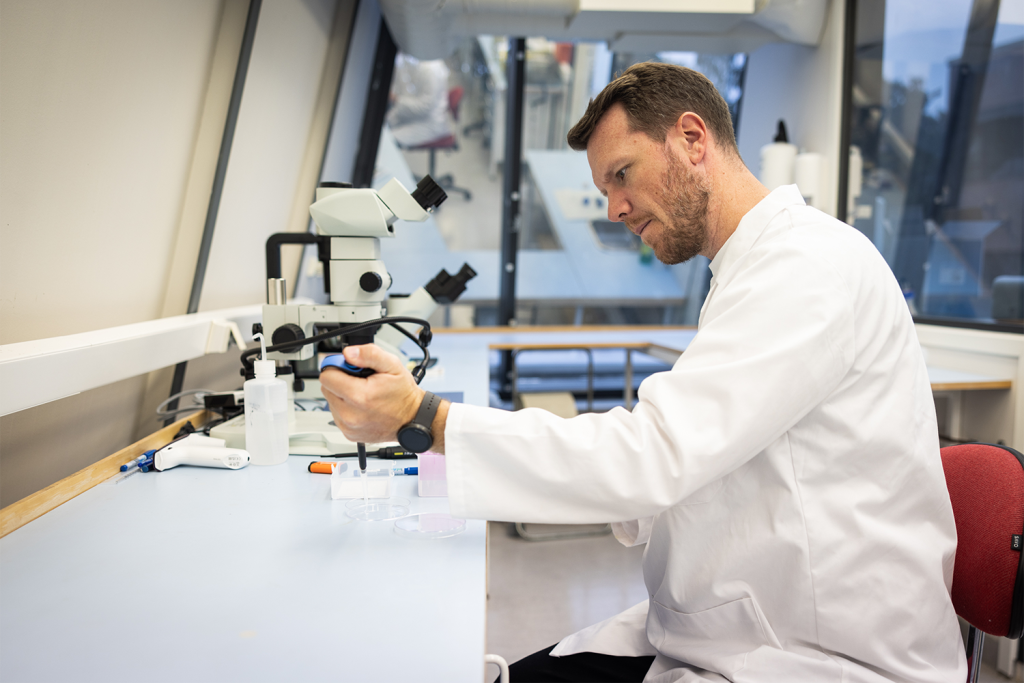
Aquafeeds
Can microalgae treat wastewater and be a valuable alternative fish feed ingredient?
Stian Borg-Stoveland of the University of Agder says Norway’s priority when developing salmon feed is alternative ingredients for oils and proteins.
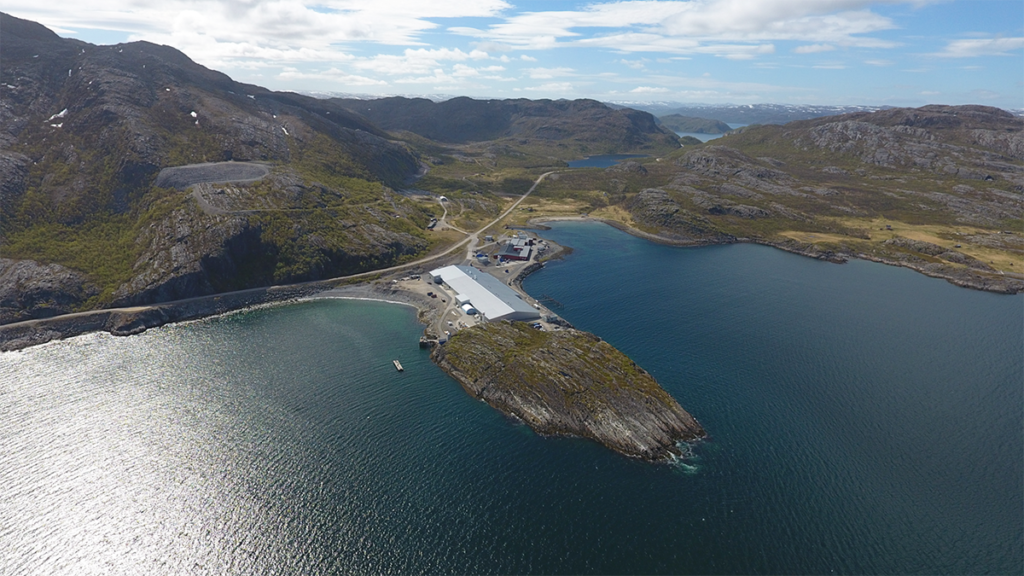
Responsibility
Sludge report: Finding value in Norway’s aquaculture waste
Bioretur converts aquaculture waste, or sludge, into fertilizer as demand for “circular economy” technologies grows.
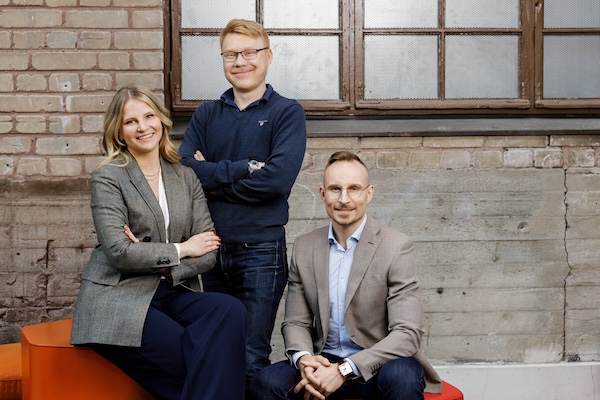
Innovation & Investment
SuperGround to scale food-waste tech that transforms fish scraps and chicken bones into protein
In a funding round led by The Blue Revolution Fund, the Finnish company raises $2.7 million to scale its food waste technology.
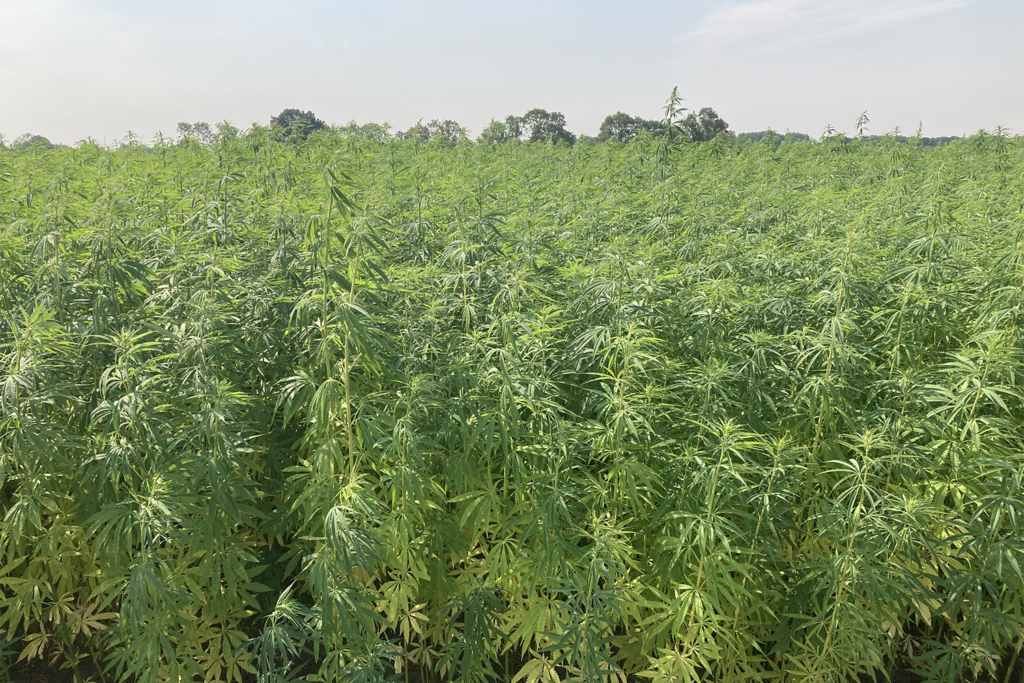
Aquafeeds
Food waste and hemp are the latest novel aquafeed ingredients gaining attention
As pressure on the ocean's resources intensifies, the search is on elsewhere for solutions to provide the protein that fish need to grow.



